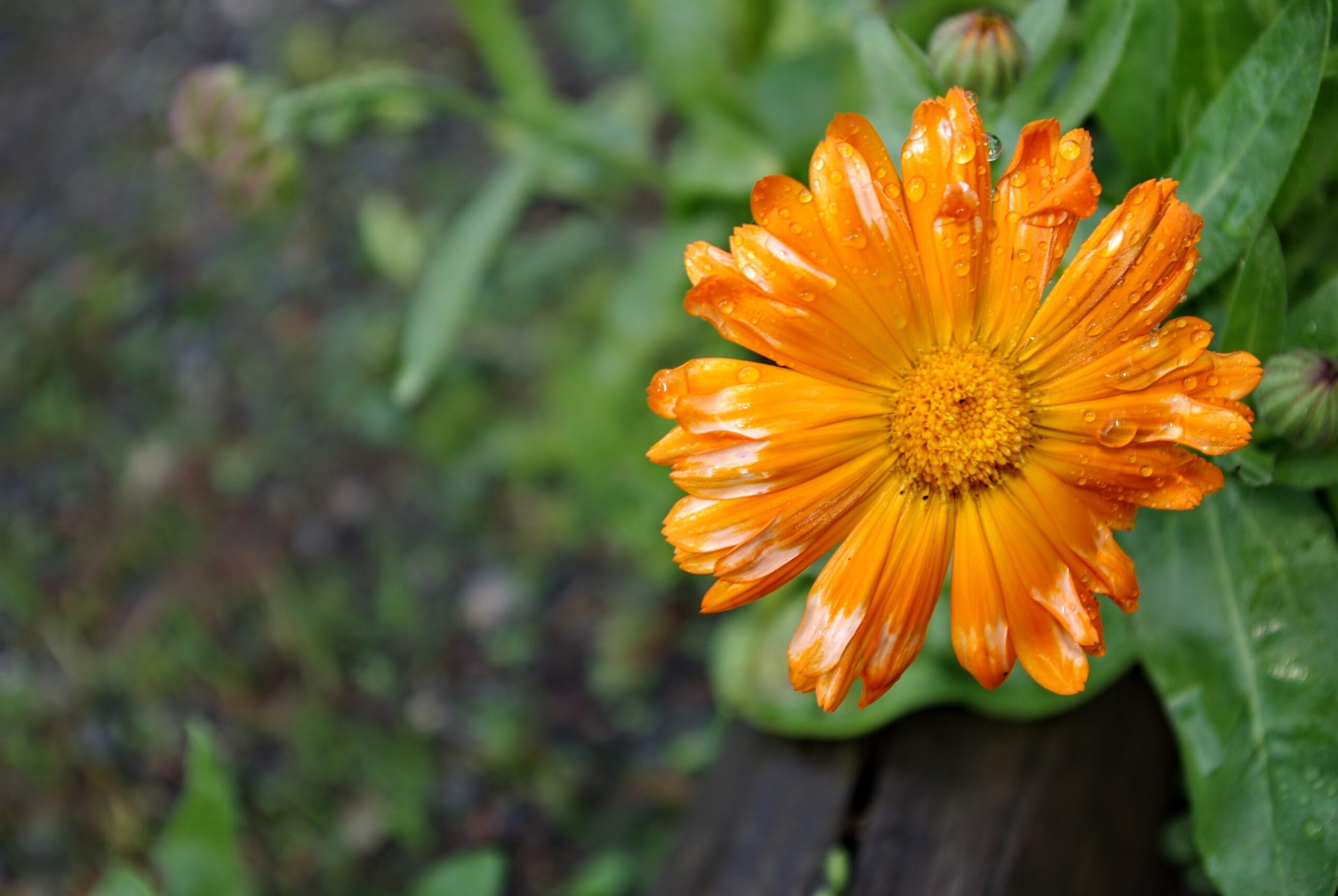Special Topics in Horticulture: Medicinal Plants
Special Topics in Horticulture: Medicinal Plants
Student Blog Post by Maria Peddle and Jack Young
Yet another wonderfully intriguing special topic at the HCP. The lovely Stephanie Jacobs of Fireweed Farms (www.fireweedfarms.ca) led the morning bringing much desired knowledge of medicinal plant properties. Inspiring and informative for a class of 16 that finds themselves in this program to heal and grow through the passion of horticulture.
Plants have been used as natural medicine for thousands of years. Availability, easy propagation and naturalization allowed medicinal plants to become everyday remedies for an incredible host of medicines throughout history. Plants used thousands of years ago are still used in modern medical practices. Medicinal plants contain specific chemical compounds that treat illness and support healing and overall well being. The roots, leaves and flower buds have properties that can not only relieve pain, but support healing, cleansing of various organs and systems within the human body. Many serve as beneficial for several problems at once. For example, Gumweed (Grindelia stricta; G. squarrosa) - which is a native plant to the Pacific North-West - contains Antimicrobial properties so it can be used topically on skin irritations and wounds, and ingested as an expectorant to aid asthma, ease the common cold, and even treat UTI's!
We learned that there are many different ways to consume or apply medicinal plants, as well as different ways to isolate and enhance their medicinal properties/compounds. Infusions and decoctions such as teas can be ingested or topically applied as a wound wash, compress or steam. Another topical use is by infusing the plants into an oil or salve. One may also ingest these healing properties by creating a concentrated tincture or vinegar, like oxymels and fire cider.
Luckily for us, Stephanie was extremely gracious and planned for us to individually make our own infused apple cider vinegar - using lemon balm and holy basil (tulsi) as a base. We were all bursting with excitement to be released into the gardens to collect our ingredients! First we headed down to the old urban garden and collected bountiful handfuls of lemon balm - but first a note on how to ethically harvest, especially in the wild. Stephanie told us in her presentation that the guide is to harvest only 5% of what we find growing in the wild - yet if the herb is more bountiful (or thriving at the HCP) more is fine, but always be mindful of how much you take and how quickly the plant can regenerate after your harvest. Many of us harvested petals of our native nootka rose - Rosa nutkana - for our infused vinegar. Wild rose petals, Stephanie shared, have mood enhancing properties (calming, uplifting) as well as adding a delicate floral taste. We also picked springs of rosemary, lavender, wild nettle and dandelion to add to our wonderful little jars of healing potion!!
Back in the classroom it was time to very finely chop up our herbs and flowers and weigh them out with the vinegar (1:4) in order to create a strong infusion. Now all there is to do is wait while our herbs all dance together in our dark cupboards and in 6 weeks time we'll all have our very own magic elixirs, thanks to Stephanie!
There is so much power and strength in plants, especially in weeds that most would rather string trim, dig up and throw away. However, hopefully this will be a reminder that plants have so much to teach and share with us and with any luck we can one day be as resilient and strong as the dandelion!


